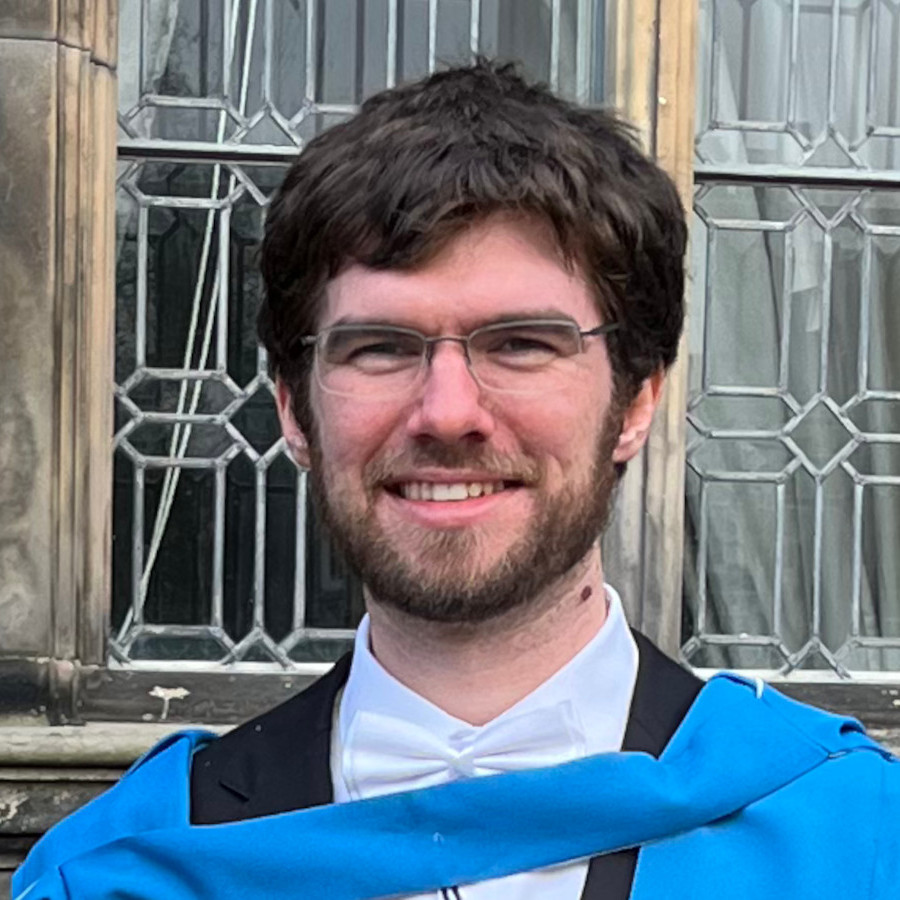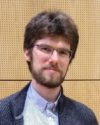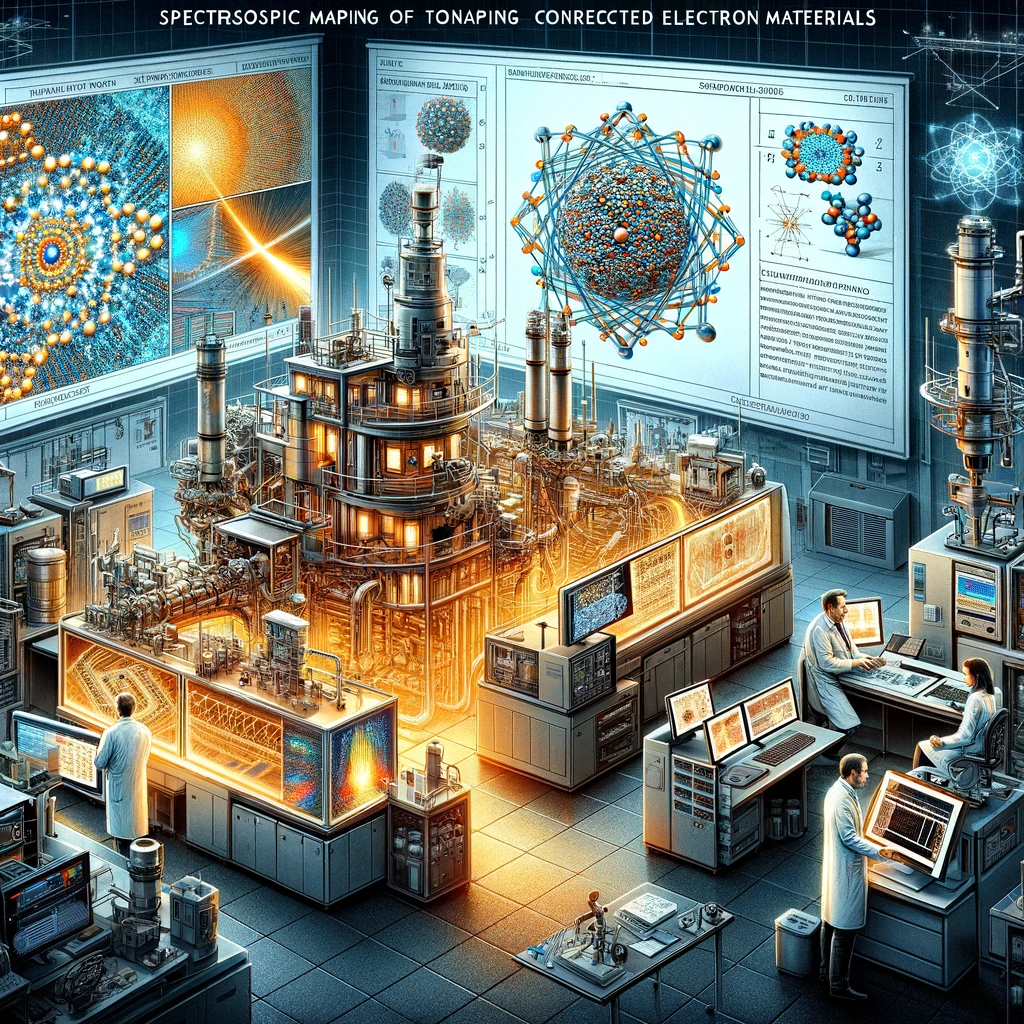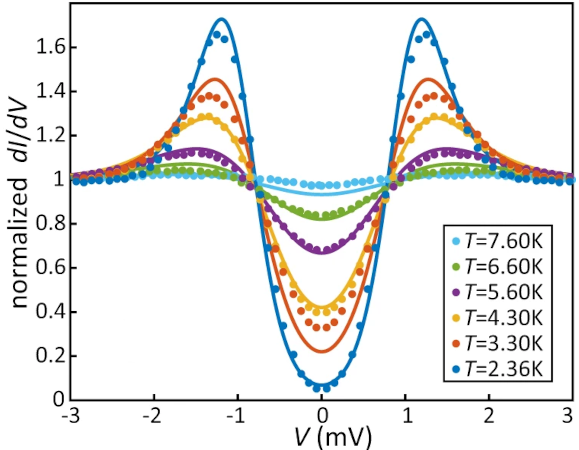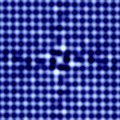 Submit your abstract now for minicolloquium 42 “A quantum leap: unraveling the mysteries of correlated electronic states in quantum materials through atomic-scale imaging and spectroscopy” at the CMD conference in Braga, Portugal, and join us for lively discussions about new insights from atomic-scale imaging of correlated states.
Submit your abstract now for minicolloquium 42 “A quantum leap: unraveling the mysteries of correlated electronic states in quantum materials through atomic-scale imaging and spectroscopy” at the CMD conference in Braga, Portugal, and join us for lively discussions about new insights from atomic-scale imaging of correlated states.
See here for a list of confirmed invited speakers.

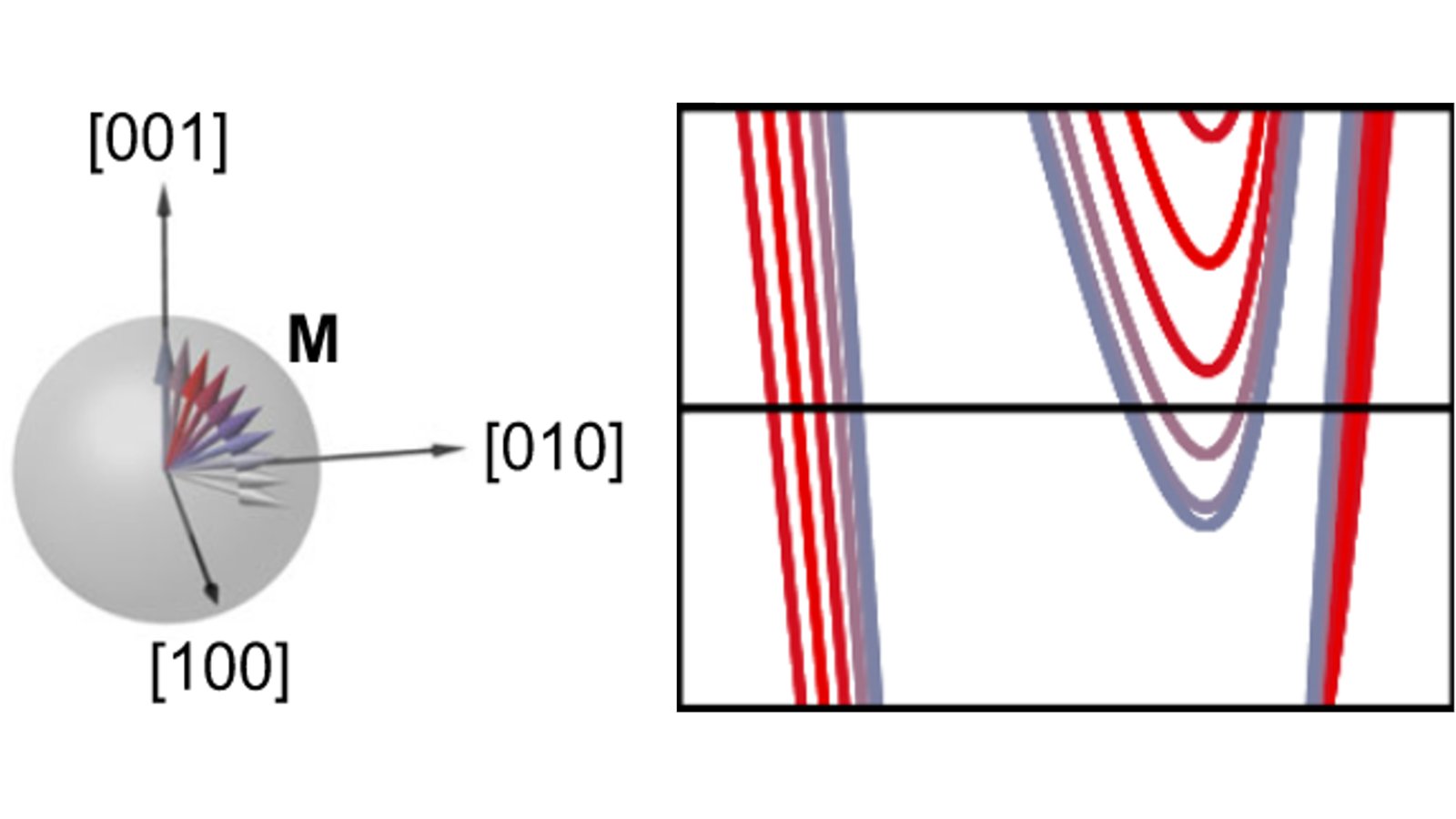

 How good are different surfaces at deactivating SARS-CoV-2 viruses. Copper beats them almost all – except cuprous oxide (Cu2O)! Why is that? Read more in our new paper in Applied and Environmental Microbiology
How good are different surfaces at deactivating SARS-CoV-2 viruses. Copper beats them almost all – except cuprous oxide (Cu2O)! Why is that? Read more in our new paper in Applied and Environmental Microbiology 